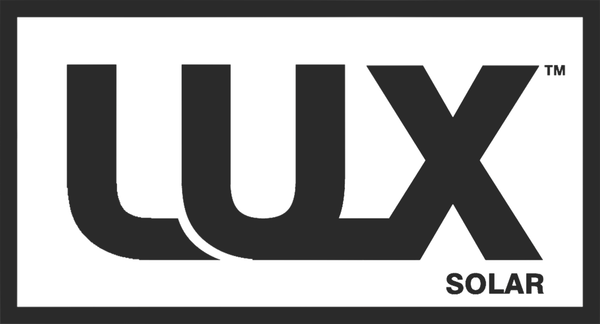Solar controllers
In this knowledge article we discuss what to look for when selecting a Solar controller.
Solar controllers can be broken down into two main types
- PWM controllers
- MPPT controllers
1. PWM controllers
PWM stands for pulse width modulation. PWM is a very common modulation technique used in all sorts of control circuitry. For example, motor speed controllers and temperature controllers. Although pulse width modulation sounds fancy it is simply a square wave in which the pulse width is varied. In general PWM controllers regulate the power to the battery by applying a pulse of a varying width between the solar panel and the controller. If more current is required by the battery the pulse width will increase. If less current is required by the battery the pulse width will decrease. PWM controllers are cheap but also suffer from lack of efficiency. Efficiency is typically between 8 and 30 percent less than an MPPT controller. The efficiency of the controller will decrease as the solar irradiance increases. For example in sunny conditions you will lose 20 percent of your solar power and in shady conditions you will lose 8 percent of your already reduced power. At LUX Solar we recommend to use PWM controllers if you are trying to top up the batteries or can afford to oversize the solar panel array. We only use the PWM controllers for our LUX battery top up kits.
2. MPPT
Compared to conventional PWM chargers MPPT chargers are significantly more efficient. In this experiment we used the same operating conditions to compare the power in versus power out, or efficiency of each charge controller. We can see that the LUX Solar LSC series converts the solar power much more effectively than a standard PWM charger. LUX Solar kits are designed to operate mainly in the region shown in the figure below, so rarely drop below 90% efficiency. We can see the the red line which is the efficiency of a "high quality" PWM controller is much worse. Most controller companies will state the maximum efficiency of the controller. I.e. you can see the efficiency of the MPPT charger has a maximum of 98%.

